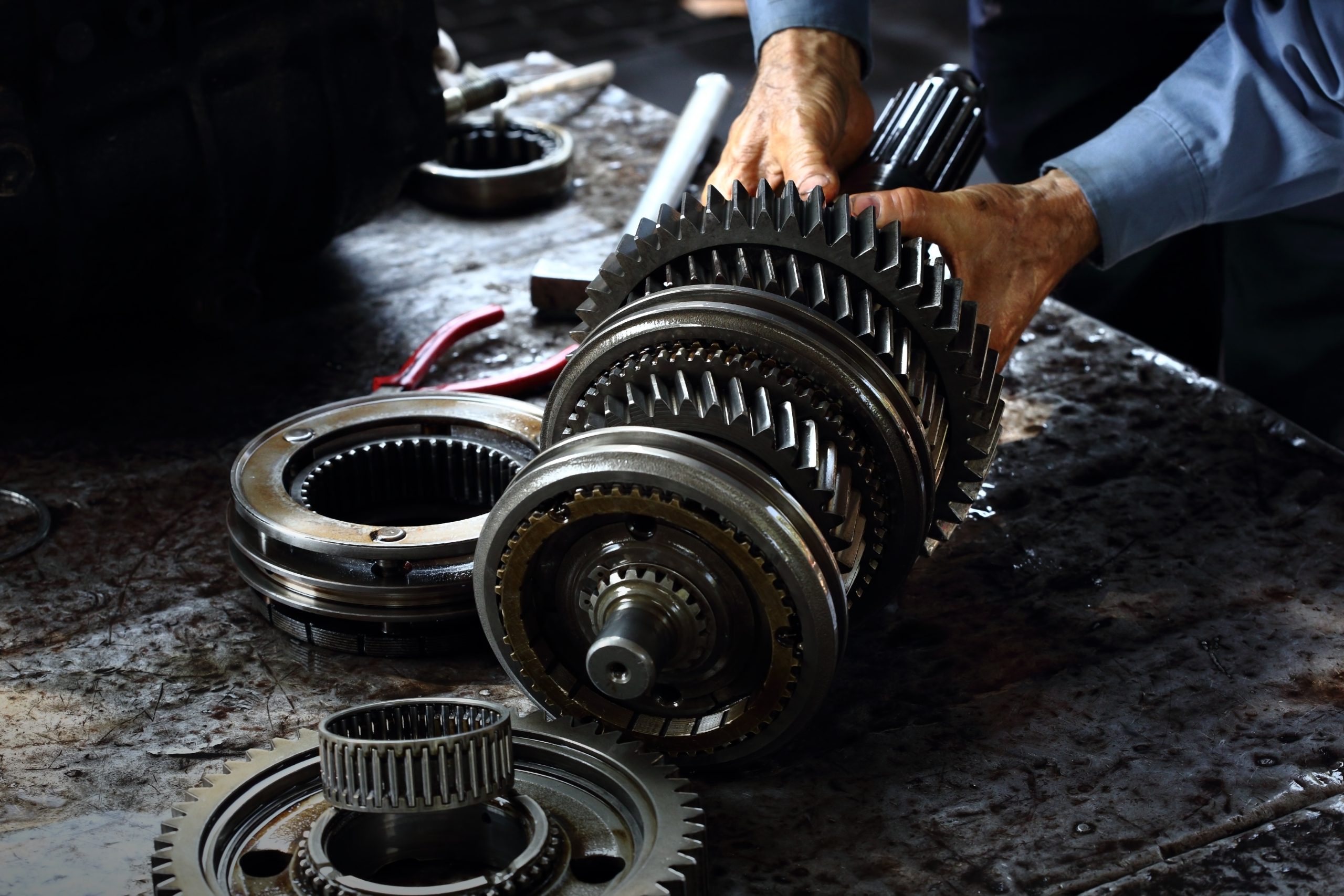Cars have evolved into indispensable components of our daily routines, undergoing significant advancements in transmission systems with the progression of technology. The transmission system, responsible for channeling power from the engine to the wheels, now offers two predominant types: automatic and manual. The choice between these transmissions hinges on individual drivers’ preferences and requirements, each coming with its distinct advantages and drawbacks.
Manual Transmission
Known colloquially as a stick shift, manual represents the traditional approach to driving a car. In this system, the driver manually shifts gears using the clutch pedal and gear stick, delivering an interactive driving experience appreciated by enthusiasts.

Pros of Manual Transmission:
- Better Control: Manual transmission provides drivers with enhanced control over the car’s speed and power, fostering a more engaging driving experience and the flexibility to tailor their driving style.
- Fuel Efficiency: Renowned for fuel efficiency, manual transmission enables drivers to optimize the engine’s performance by shifting gears at opportune moments, enhancing overall fuel economy.
- Cost-effective: Manual transmission cars are generally more economical both in terms of initial purchase and maintenance costs. They tend to be more affordable and incur lower repair expenses.
Cons of Manual Transmission:
- Learning Curve: Acquiring the skill to drive a manual transmission car can be challenging due to the coordination required between the clutch pedal and gear stick, necessitating time and practice.
- Traffic Jams: Maneuvering through traffic jams can be cumbersome with manual, as frequent gear shifts can be tiring and stressful.
- Resale Value: Manual transmission cars typically have a lower resale value as they appeal to a narrower segment of drivers.
Read about 2023 GMC Yukon Denali
Automatic Transmission
As the modern alternative, automatic eliminates the need for manual gear shifting, with the car’s computer system taking charge of this task.

Pros of Automatic Transmission:
- Easy to Drive: Automatic transmission simplifies the driving process, eliminating the need for manual gear shifts. This convenience is particularly beneficial in urban driving conditions.
- Smooth Driving: Offering seamless and smooth driving experiences, automatic ensures timely and precise gear shifts, enhancing overall comfort for the driver and passengers.
- Resale Value: Automatic transmission cars generally boast higher resale values, enjoying greater popularity among drivers and thus making them a more lucrative investment.
Cons of Automatic Transmission:
- Cost: Automatic transmission cars are typically pricier than their manual counterparts, both in terms of initial purchase and ongoing maintenance and repair expenses.
- Fuel Efficiency: Automatic transmission tends to be less fuel-efficient compared to manual transmission, as the computer system may not always optimize gear shifts, leading to increased engine workload and decreased fuel efficiency.
- Less Control: Automatic transmission provides less hands-on control over the car’s speed and power, lacking the engagement offered by manual transmission, making it less appealing to drivers seeking a more involved driving experience.
Conclusion
Ultimately, the choice between manual and automatic rests on the driver’s personal preferences and needs. Manual offers superior control, fuel efficiency, and cost-effectiveness but comes with a learning curve and challenges in certain driving scenarios. On the other hand, automatic prioritizes ease of use, smooth driving, and higher resale value, albeit at a higher cost and potentially reduced fuel efficiency. The decision hinges on the driver’s inclination towards a more hands-on, interactive driving experience or a seamless, convenient driving option.

